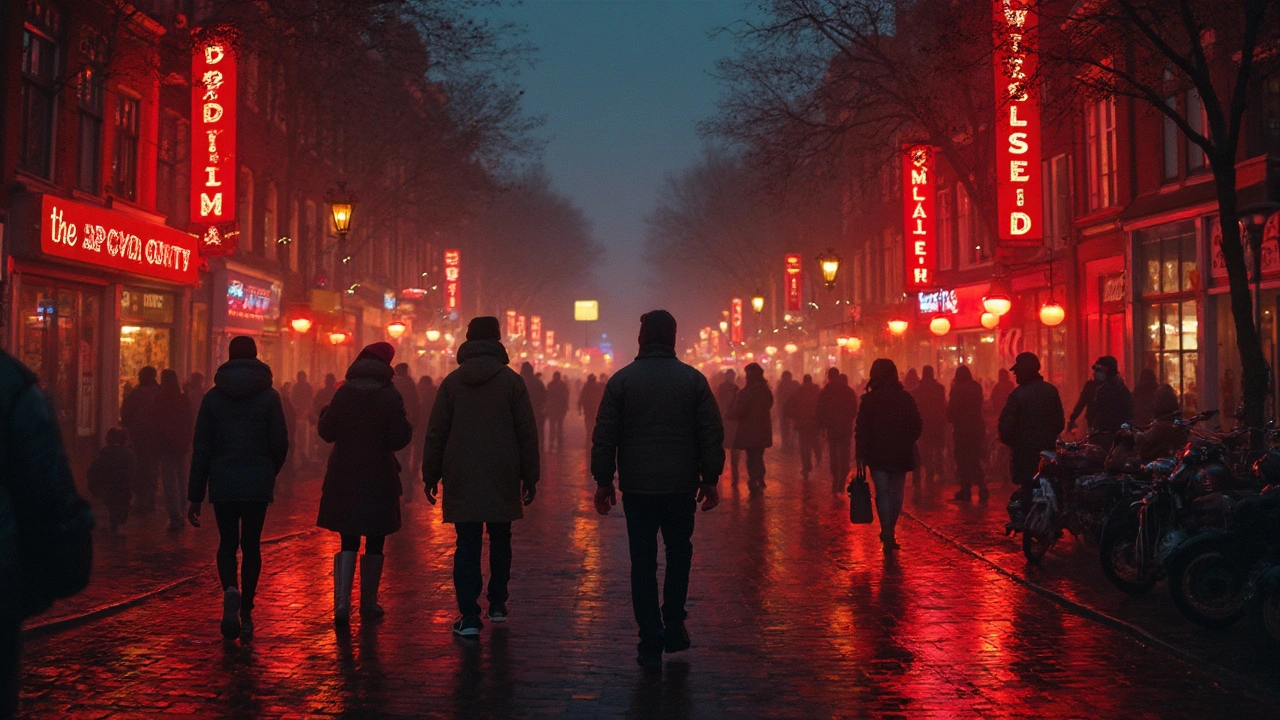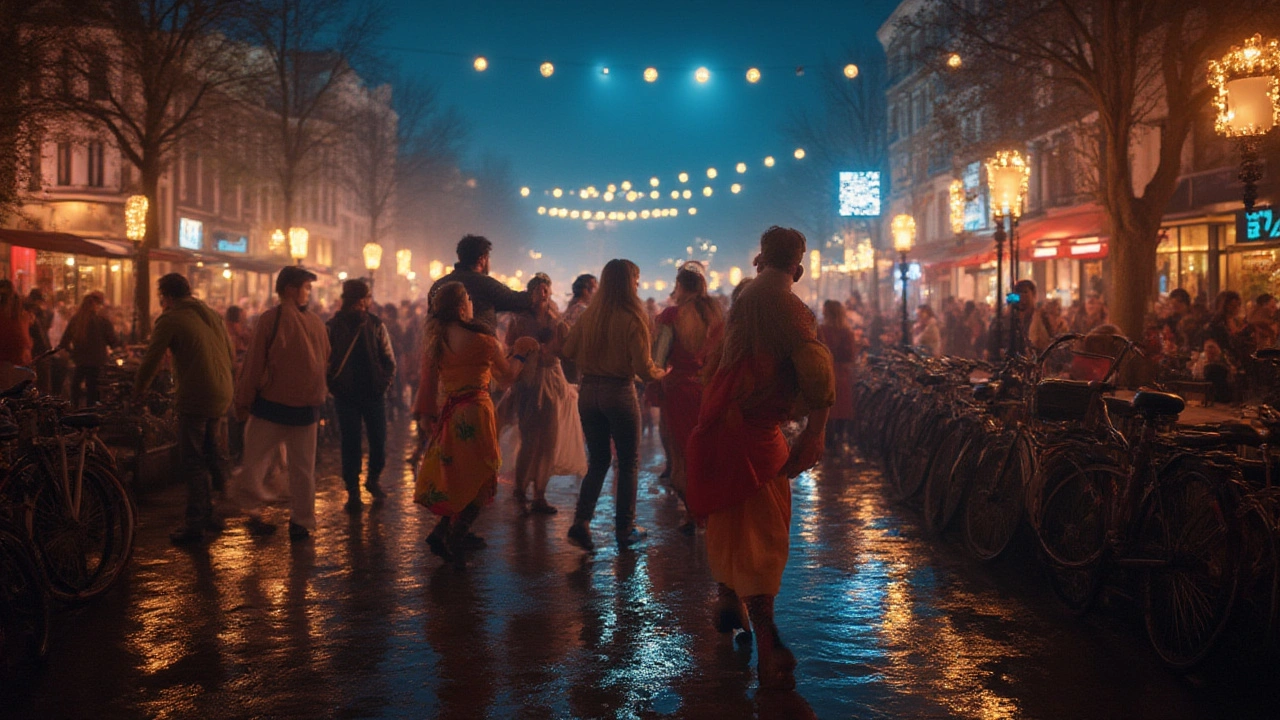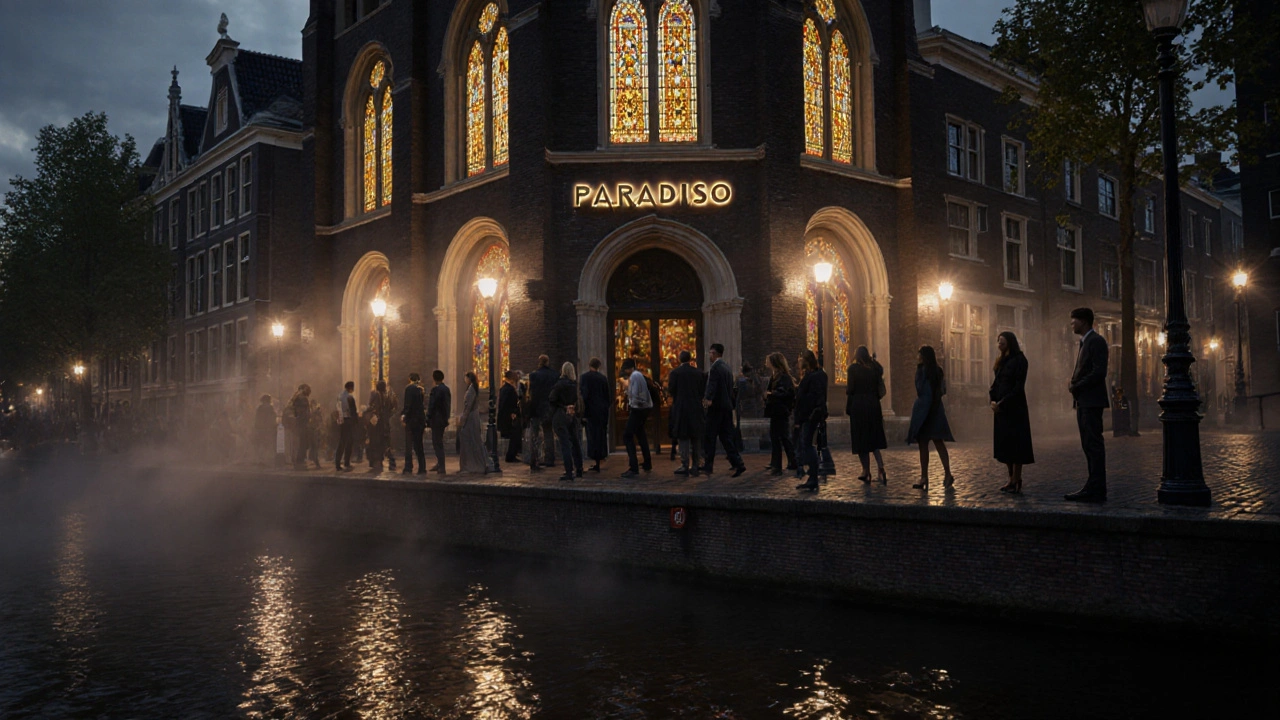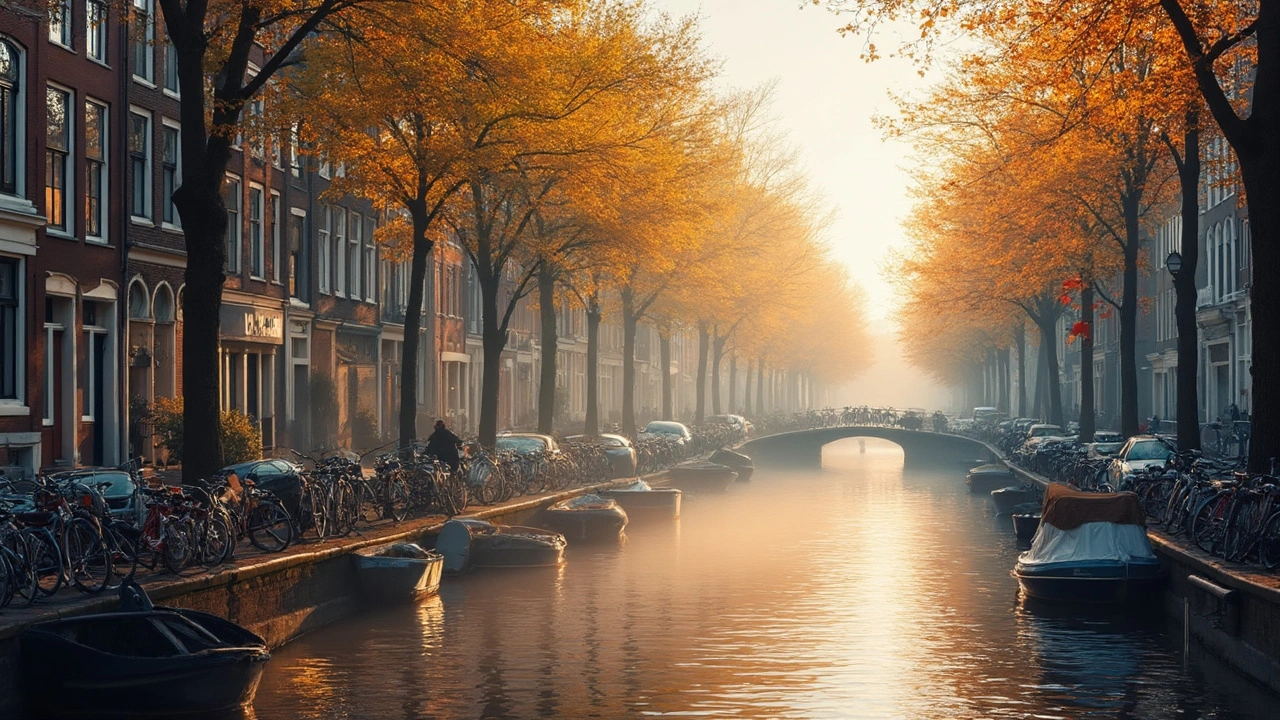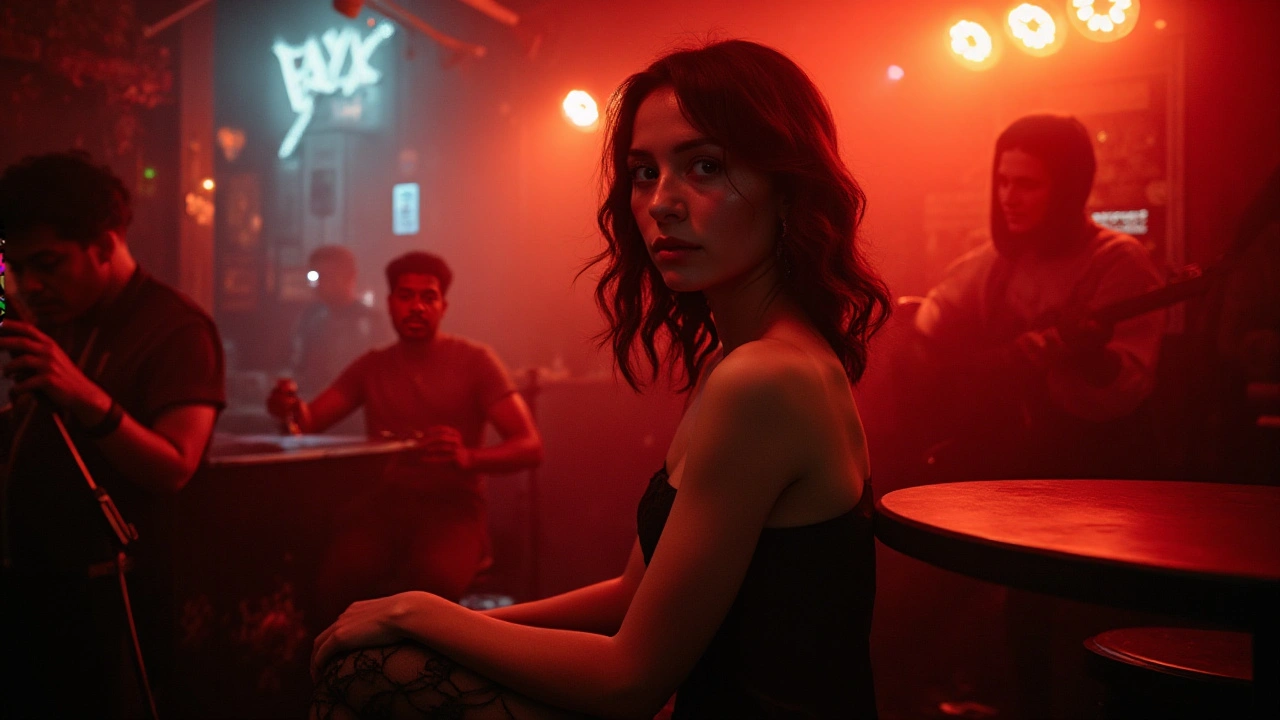
In the enigmatic heart of Amsterdam, where cobblestone streets echo with centuries of history, an intriguing symbiosis breathes life into the music scene. This is where call girls, who have long been the subject of art and allure, weave vibrant threads into the city's rich cultural fabric.
In exploring this union, one must abandon preconceived notions and dive deep into a world where melodies intertwine with the delicate art of seduction, creating a rhythm that beckons musicians and audience alike. With stories steeped in passion and complexity, the relationship between call girls and the music scene is as melodic as it is multifaceted. These women, often enveloped in mystery, are pivotal in inspiring artists, promoting talent, and shaping an atmosphere where music and emotions flourish in unison.
- Historical Background
- Cultural Influence on Music
- Famous Call Girl Muses
- Call Girls as Music Patrons
- Impact and Legacy
Historical Background
As the sun sets over Amsterdam's winding canals, the city transforms into a playground of stories whispered through the ages—stories where the music scene and the intriguing world of call girls intricately weave their tapestries. Their connection stretches back to the Golden Age of the 17th century when Amsterdam was a bustling cultural hub, a city where sailors and merchants, fresh from their voyages, sought escape in both music and companionship. It was against this backdrop that the earliest whispers of call girls' influence on the arts began to be heard.
During this period, Amsterdam witnessed the birth of coffee houses that often doubled as venues for both music and companionship. Musicians found an eager audience not just in the city's citizens but in the call girls of the time, who themselves often came with stories as rich and varied as the city they inhabited. These women were not just muses; they were active participants, sometimes venturing from behind the scenes to engage in artistic pursuits. Amsterdam's first cabaret shows saw performers draw inspiration from both their interactions with these women and the allure of the city itself.
Over the centuries, the relationship between call girls and the music scene evolved, reflecting broader social and cultural changes. By the early 20th century, with jazz taking over Amsterdam's nightlife, these women began to play a more pronounced role. Known for their striking personalities and enigmatic charm, they became indispensable parts of the jazz clubs, sometimes contributing their own musical talents or financially supporting musicians down on their luck. The freedom from societal norms prevailing during these eras allowed them to break away from conventional roles, thus intertwining their journeys with those of the musicians they inspired.
The Post-War Era
Following World War II, Amsterdam emerged bruised but unbowed, its music scene thriving as it adapted new global influences. During this time, call girls in the city found themselves at the forefront of a cultural shift, acting as intermediaries between artists and the public. They were patrons of smoky jazz lounges and bohemian cafes, spaces where avant-garde movements found not only acceptance but celebration. The allure of their company continued to captivate musicians, painters, and writers who drew inspiration from the beguiling mix of mystery and charm these women represented.
With the rise of counterculture movements in the 1960s, call girls began to symbolize a form of rebellion, embodying the spirit of the era's liberation movements. Their sensual presence in the city’s nightlife became less about mere entertainment and more about an expression of a lifestyle that defied established societal norms. As Amsterdam became a beacon of countercultural freedom, these women continued to shape the music of the time, throwing parties where genres mixed as freely as the attendees, fostering a kaleidoscope of sound that has influenced generations of musicians since.
Cultural Influence on Music
Amsterdam has always been a city where boundaries blur and diverse cultural influences converge to form an exotic and dynamic atmosphere. The blend of art, history, and progressive attitudes toward freedom of expression creates an environment where the unexpected thrives. Within this tapestry, call girls find themselves playing unique roles, not just as confidantes or muses, but as indispensable cultural figures. They are more than just a fleeting whisper in the night; they are pivotal in nurturing the city's thriving music scene.
These women, with their eclectic backgrounds, carry stories as diverse as the city itself. Their lives, intertwined with artists and locales, contribute to a creative synergy that propels musical innovation. Navigating the hidden pleasures and profound loneliness found within the Red Light District, they inadvertently influence the narratives spun into the lyrics and melodies pervading local bars and underground clubs. These vibrant exchanges, whether a conversation over clinking glasses or a silent gaze across a dimly lit room, inspire musicians and writers to transcend traditional boundaries, blending sounds and stories into something altogether new and stirring.
One might ponder the significance of their presence against the backdrop of musical evolution in Amsterdam. Music, inherently a reflection of society, mirrors the complexity of human emotion. Call girls become a recurring motif in this reflection, leading bands and soloists alike to grapple with concepts of love, loss, and transcendence. They invite exploration beyond surface-level perceptions, encouraging deeper dives into the emotional depths that fuel art. Just as jazz fused echoes from distant lands with the heartbeat of urban life, the influence of these women introduces a fresh cadence to Amsterdam’s musical narrative.
Through collaborations with musicians and personal involvements, they provide insight into themes that might otherwise escape the conventional artist. A particular evening conversation with a noted artist, for example, might unravel into a song that captures the ethereal connection between the artist and muse. Such interactions weren't limited to conversation alone; call girls have often performed alongside musicians, bringing a raw and unfiltered energy to the stage. Their unapologetic presence adds an element of unpredictability and imparts a sensual ambiance that draws the crowd deeper into the performance.
An investigation into these relationships reveals more than sensational anecdotes. It tells a story of symbiotic existence, where both parties impact each other's creative flow. As candlelight flickers against the worn wood of Amsterdam's famous music venues, there’s an unspoken acknowledgment of the role call girls play in not only sustaining but inspiring the cultural livelihood of the city. With them, the music pulses with textured nuance, reminiscent of long-hidden secrets and barely realised dreams.
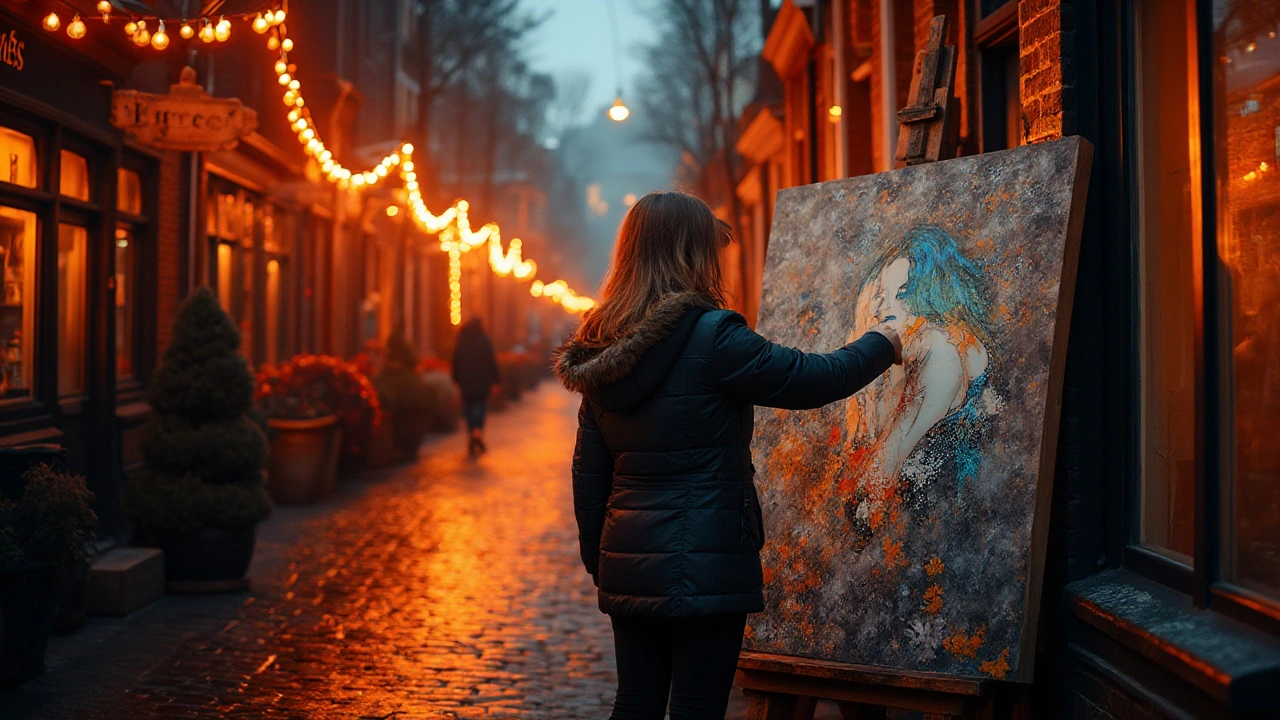
Famous Call Girl Muses
In Amsterdam's vibrant music scene, where canals hum with the melodies of art and history, the role of the call girls transcends the perfunctory. These women, often shrouded in mystery and allure, have been the muses behind some of the city's most intriguing musical compositions. The intertwining of their lives with the lives of artists has sparked creativity in ways that would otherwise remain untouched by ordinary muses. These call girls do not simply inspire through their beauty, but also through their stories, their triumphs, and their unyielding spirit that punctuates the nocturnal air of Amsterdam.
Throughout Amsterdam's musical history, there have been illustrious figures who have emerged from the shadows of the city's nightlife to leave an indelible mark on its culture. One of these figures is Mona, whose captivating persona inspired numerous ballads and verses in the mid-20th century. Her enchanting presence in exclusive jazz clubs transformed these venues into hallowed grounds of inspiration. Musicians who were fortunate enough to encounter Mona describe their experiences as akin to gazing into the eyes of a living piece of art. Her laughter, infectious and entrancing, would often become a recurring motif in the music she inspired. A famous jazz musician once said,
"Creating music inspired by Mona was like painting with colors I never knew existed."
Then there's the story of Selene, a call girl known not only for her striking beauty but also for the profound conversations she shared with the city's poets and composers. Her ability to stir emotions through mere words turned her into a subject of fascination and reverence. Poets, often accompanied by the soft strum of a guitar or the wistful notes of a piano, would sing out the tales she inspired. These songs, born from midnight reveries, traveled across the cobblestone alleys and into the hearts of the city's inhabitants, becoming anthems of the underbelly's soulful expression.
The influence of these muses extends to the modern day, where their stories are still told, and their impact is still felt. Contemporary artists seek to capture the essence of these call girls in their music, echoing the sentiments that made their predecessors famous. In a city that celebrates freedom and expression, the muses continue to fuel the fires of creation, transforming the ephemeral into the eternal. Their roles go far beyond the transient nature of their profession, weaving them into the cultural tapestry of Amsterdam. In doing so, these muses transcend time, becoming legends that inspire artists through the ages.
Call Girls as Music Patrons
In the kaleidoscopic nightlife of Amsterdam, where artistic expression pulses through every neon-lit corner, call girls have often stepped beyond their roles as entertainers to become patrons of music and the arts. A unique blend of cultural curators and connoisseurs, these women have found themselves not just enjoying musical camaraderie but shaping it. The streets of Amsterdam whisper stories of how the companionship of these call girls opened doors to clandestine performances and secret showcases, hidden gems that fuel the city's creative volcano. Many musicians, often struggling to find their voice, discovered unexpected support from these unlikely benefactors.
Historically, the interplay between call girls and the creative world can be traced back centuries, to the times when courtesans held sway in royal courts. In Amsterdam, this influence is manifested in intimate jazz clubs and underground electronic venues, where these witty and perceptive women extend their patronage. They do so not only through financial means but through their extensive networks, introducing fresh talent to the right ears and eyes. A well-connected call girl might be the difference between obscurity and the first spotlight for a budding musician. Such is the dexterity of their influence that even in such an avant-garde city, their contributions remain personal and profound.
Their stories are like melodies themselves — vibrant, intricate, and soulful. In fact, call girls, especially in the 1980s and 1990s, became the lifeblood of certain music scenes, directly influencing genres by backing avant-garde performances and providing logistical support for artists lacking resources. Many artists have gone on record to express gratitude for these alliances. As Amsterdam continues to shape its modern musical identity, such relationships underscore a rare blend of partnership founded on mutual respect and an appreciation for the arts. Reflecting on his early days, one anonymous musician once said, "Without her belief in my sound, I'd still be playing to empty bars."
Embedded in a culture that celebrates the unconventional, call girls bring a sensory awareness to the music scene, cultivating atmospheres charged with enthusiasm and anticipation. This synergy between performer and patron often fosters spaces where creativity knows no bounds, leading to a surge of innovation and unorthodox performances that define Amsterdam's reputation. Experiences in these overlapping worlds are not merely transactional but are instances of artistic confluence, each encounter leaving an indelible imprint on the music it supports. It's in these myriad interactions that we see the dazzling fusion of art and commerce, presenting call girls as indispensable patrons of musical evolution.

Impact and Legacy
As the moonlight dances upon the canals of Amsterdam, a city that forever twinkles with its own kind of magic, the indelible marks left by call girls on the music scene remain profound and multifaceted. Over the decades, these enigmatic figures have not only inspired through silent musings but have also actively shaped the sonic landscape with vitality and fervor. In an environment teeming with artistic zest, their contributions to music reflect a dynamic blend of inspiration, patronage, and personal passion. By intertwining their lives with musicians and artists, they have engendered a loyal following of creators who embody the intoxicating spirit of Amsterdam itself.
Their legacy, however, is not solely carved in anecdotal evidence. Many musicians and bands who emerged from Amsterdam during the 1970s and 1980s have afforded homage to muses who happened to be call girls. They not only occupied roles as muses but often transcended these roles, pooling resources to support blossoming talent. The supportive presence of these women encouraged artistic boldness, fostering an environment where experimental and avant-garde soundscapes flourished. This kind of philanthropy, almost altruistic in its personal intimacy, contributed to the global explosion of Amsterdam's reputation as a melting pot of creative evolution.
When discussing the cultural tapestry of the city, it is essential to note how Amsterdam's music scene thrived on narrative songs inspired by the intricate lives of these call girls. They compelled artists to explore new dimensions, guiding musicians to look beyond conventional themes and standard harmonies. A compelling quotation from the renowned cultural historian, Xander De Vries, captures this:
"The women of the night, veiled in mystery yet omnipresent, have always been at the heart of Amsterdam's creative pulse. They are the unsung architects of many a musical journey."
Indeed, the intersectionality between the lives of call girls and musicians created a vibrant cultural exchange, a platform on which personal stories of desire and dreams could be openly shared. This burgeoning atmosphere laden with personal tales sparked new genres and experimental tunes clashing with traditional Dutch elements. In many ways, this synthesis of the musical with the erotic brought forth a distinctive charm that continues to fascinate both contemporary audiences and creators alike.
Their impact ran deeper than the music itself; it extended into the ethos of the city, becoming an intrinsic part of Amsterdam's identity. It established a foundation for contemporary performers to build upon—a reminder that creativity is most potent when it emerges from a place where art meets life. Thus, through every phrase strummed and lyric penned, the legacy of call girls in Amsterdam reverberates in every corner, forever shaping the art and culture of this storied city.

